Content from the Brookings Institution India Center is now archived. After seven years of an impactful partnership, as of September 11, 2020, Brookings India is now the Centre for Social and Economic Progress, an independent public policy institution based in India.
By most accounts Prime Minister Narendra Modi’s government has notched up a good year in the foreign policy realm, with Modi himself being the principle planner and implementer of the most significant initiatives. Even his most ardent political critics have acknowledged the energy and vigour he has displayed while globetrotting around capitals – mostly in Asia – and participating in various bilateral, regional and multilateral summits. Using a mix of hard and soft power Modi has not shied away from openly airing differences (with China and the United States) while also promoting Indian values of democracy and pluralism (evident in his frequent references to Buddhism, notably in Asian countries).
In brief, the Modi government has notched up five key achievements: changing India’s approach from one of a rule-blocker (obfuscated by the term ‘strategic autonomy’) to one of a problem solving rule-shaper (working with others to establish new norms and institutions); making efforts to seek global solutions on climate change, cyberspace, intellectual property rights, international financial institutions, nuclear order, outer space, and trade; repairing, reviving, and revitalizing India-U.S. relations to work together on regional (Asia-Pacific) and global issues (reforming moribund institutions); reengaging the neighbourhood and the Indian Ocean region; and engaging the Indian diaspora to support India’s rise through foreign direct investment and political support.
Modi’s foreign policy in the first year reflected two characteristics: first, deliberately engaging with leaders and countries (such as Bhutan, Nepal and Japan) that would lead to quick and positive results while avoiding entangling with countries and complicated issues (such as Pakistan or the Middle East) where the outcome might be uncertain or detrimental. Perhaps the only exception was China, which involved a tightrope walk between investment opportunities and security threats. However, sooner or later India will have to deal with these difficult challenges.
Second under Modi India has also indulged in what Bruce Jones, Acting Vice President and Director of Foreign Policy at Brookings, aptly calls “great power speed-dating”; courting competing countries (like Russia and the U.S.) simultaneously. This diplomatic promiscuity, he argues, might work for now but would be untenable as tensions grow between the great powers. Perhaps sooner than later India might be forced to take sides.
Download the Complete Briefing Book
Against this backdrop the Modi government’s foreign policy over the next year would do well to focus on the following issues: first, prepare and present a “Modi Doctrine’ through a consultative and collaborative process involving different government ministries, agencies and think tanks. The doctrine/white paper should provide an overall framework and link the various initiatives – “neighbourhood first”, “act east”, “link west”, ‘sagar mala’ – together and with the national priorities. Presently the parts do not add up to the sum.
Second, as part of this overall framework there is a need to sustain and deepen the initiatives already taken, particularly with the U.S. This would involve providing greater clarity and operationalizing the ‘Act East’ policy and, perhaps, linking it with the U.S. rebalance to Asia-Pacific. Here the onus for deepening the U.S.-India relationship lies as much with Washington as it does with New Delhi. The perception of the former as a reliable partner, despite differences, would be crucial.
Third, there is a need for bold initiatives and sustained engagement in three areas that have been neglected so far: West Asia, Africa and, inevitably, Afghanistan and Pakistan. While the announcement of the prime ministerial visit to Israel is significant, it will have to be balanced with a similar engagement with the Arab states (given its crucial energy resources and the large Indian diaspora there) as well as Iran. Similarly, Africa, which is crucial for resources and a potential market for Indian goods and services, would also require attention at the highest level. Indeed, in many ways Africa holds the key to India’s future economic growth and its role in global governance institutions, particularly the United Nations Security Council. While the postponed India-Africa summit (now scheduled for October) would be a good start, the initiative would have to be sustained over the coming years.
Fourth, India also needs to leverage the existing and emerging plurilateral and multilateral fora better by taking on more of a leadership role, as it has done in the New Development Bank. Similarly, hosting the long overdue India-Brazil-South Africa summit and bidding to host the Group of Twenty (G-20) summit soon would also lend credibility to its global role.
Finally, there is a need to expand the size of the foreign policy establishment, publish regular strategic vision statements, enhance centre-state cooperation, create an international diplomatic training forum, and reenergize the foreign policy planning process. While initial steps in some of these areas have been taken, they will have to be accelerated and strengthened in the coming year.
While this is a full agenda for a single year, it is also in line with the ambitions of India under the Modi government; anything less will not be enough.
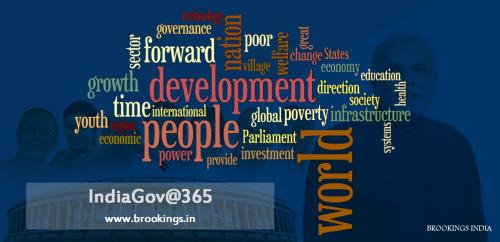
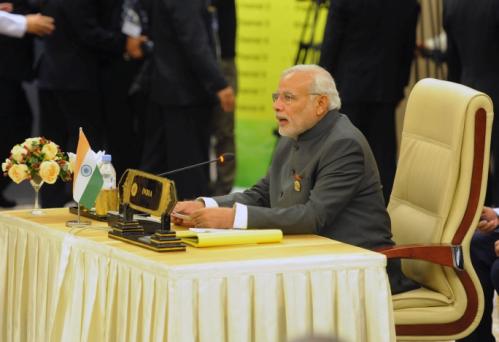
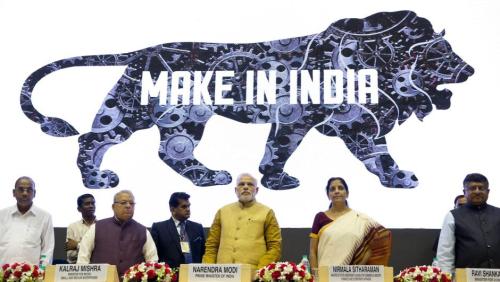
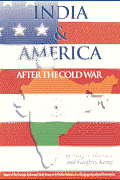
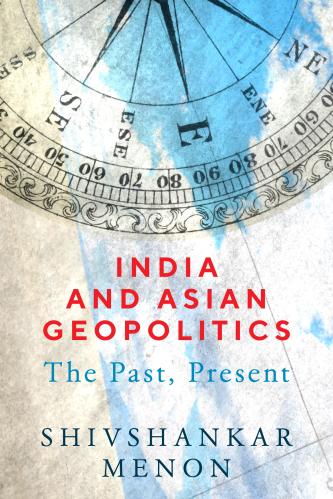
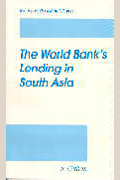


Commentary
Op-edLooking Ahead: The Next 365 Days
IndiaGov@365
June 5, 2015